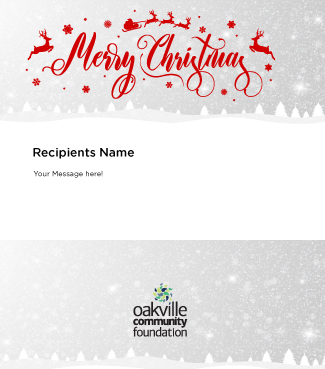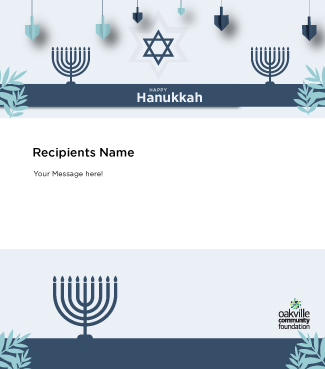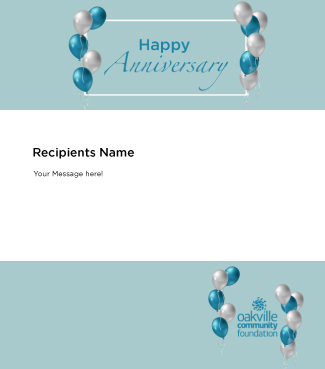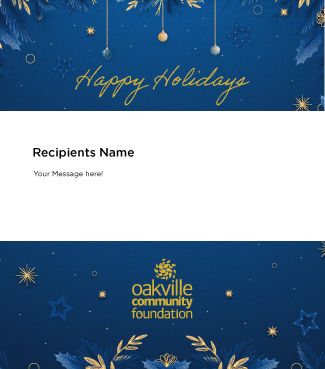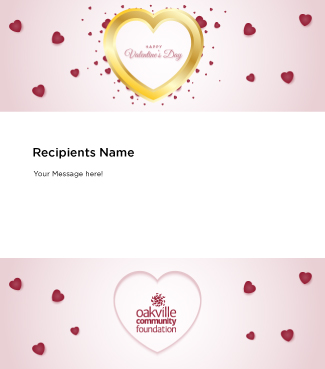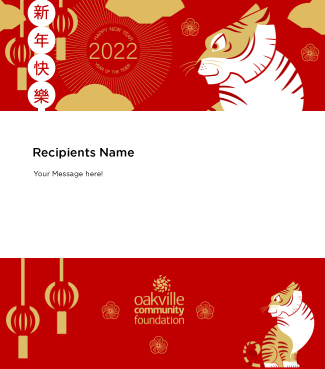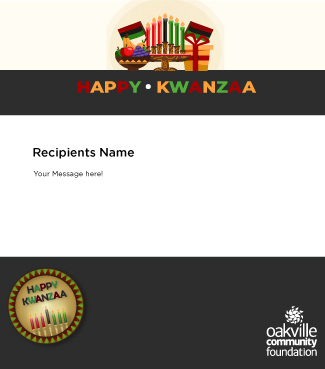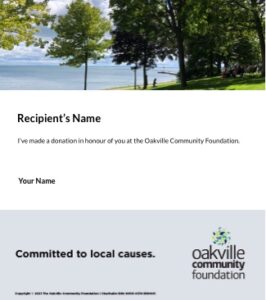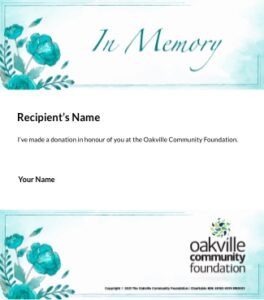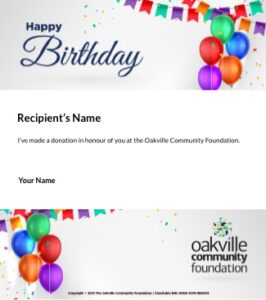We started this blog series by contemplating the personal process and reasons of The Oakville Community Foundation’s own Sarah McPherson as she considered leaving a legacy for her community and the things that matter most to her.
It’s a very personal decision for everyone, and one that can seem financially daunting. But, as we discovered in our second blog, it doesn’t have to be. By beginning with the end, and creating a Bequest Fund, you can plan your future legacy now without the financial investment today.
But a Bequest Fund isn’t the only way to realize your legacy and support your community in an ongoing way.
Donating Life Insurance to Charities is the least expensive and most tax-effective way to create transformational gifts for the causes you care about. Life Insurance can be owned by private charitable foundations and Donor Advised Funds (DAFs). [source: Mark Halpern, CFP, TEP, MFA-P]. This means that the premium you pay during your lifetime provides you not only a significant tax benefit as a charitable donation now, but it also pays annual tax-free cash dividends to the charity that increases every year. In addition, it will pay out a death benefit to the charity in the future. To see this in action, check out this case study provided by Mark Halpern.
Gifts of securities and stocks, for example appreciable assets such as stocks, bonds, mutual funds and certificates of deposits (GIC), are another way to make a difference and build your legacy. You can choose to donate them now or add them to your Will as a charitable bequest. The benefits of this type of donation include eliminating capital gains taxes and, if gifted now, immediate tax relief with a charitable tax receipt.
Choosing to donate RRSPs or RRIFs is another way you can build a legacy for tomorrow without impacting your finances today. Your RRSP is a savings plan that holds tax-exempt savings – provided you don’t withdraw them. In addition, once you are 71.5 years of age, it will most likely convert to an RRIF (a Registered Retired Income Fund). You can reduce the tax implications of withdrawing from these types of funds by transferring the fund, or any remaining funds, tax-free to a charity named as the beneficiary. This can provide tax relief both in your lifetime or for your estate and can also have lower legal fees than other forms of giving.
The other option, of course, is to create a Fund or give to an established The Foundation-managed Fund, during your lifetime. Whether you donate in large sums, give as you can, or choose to give a small amount each month – each donation provides working capital for The Foundation to invest – the dividends of which fund the grants that The Foundation is able to make today, while ensuring your gifts live on for the future. In addition, you realize the tax benefits through a charitable tax receipt now.
Whatever financial building blocks you choose, The Foundation is here to help. You can find more information in the Ways To Give section of the website.

